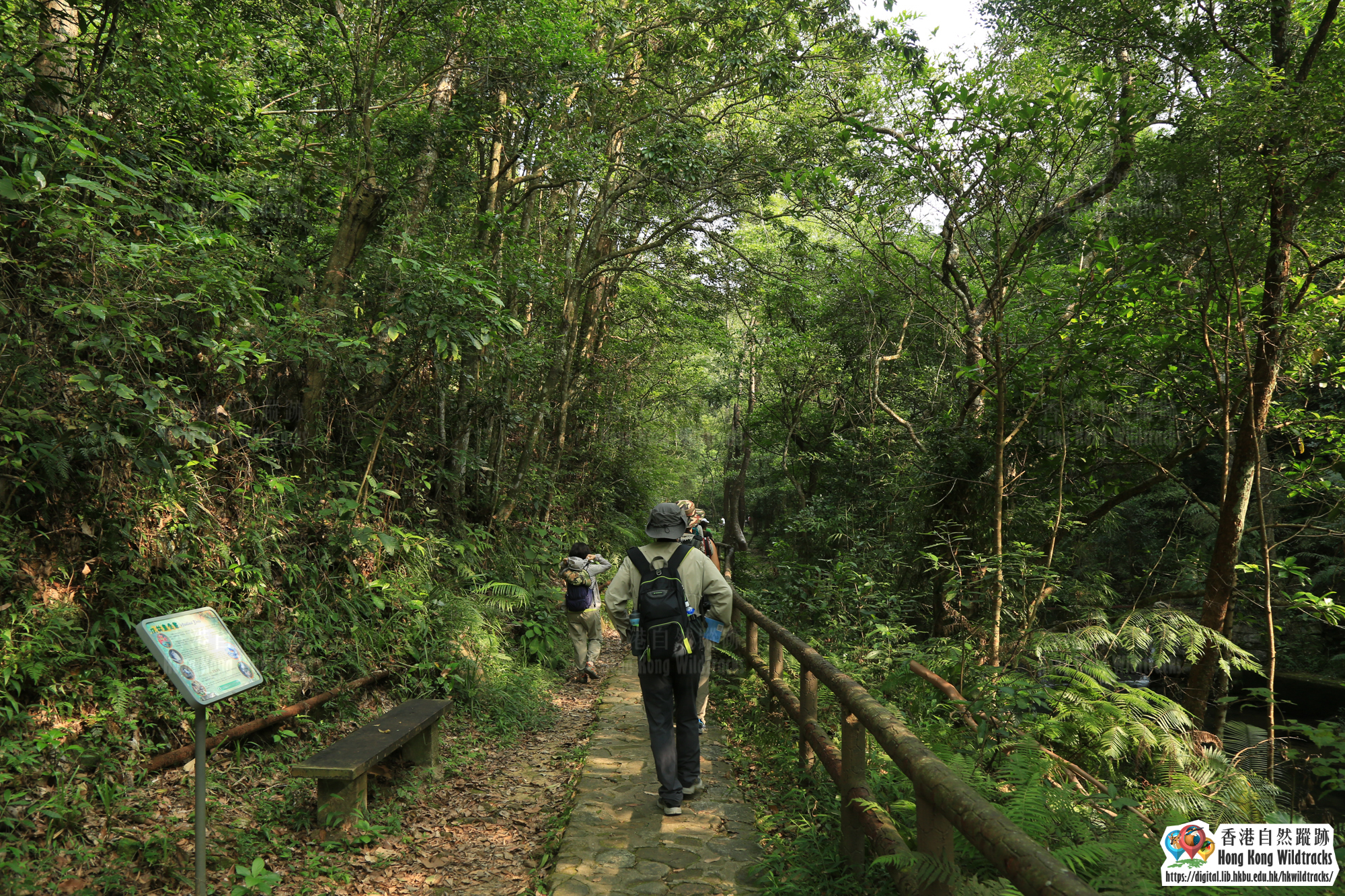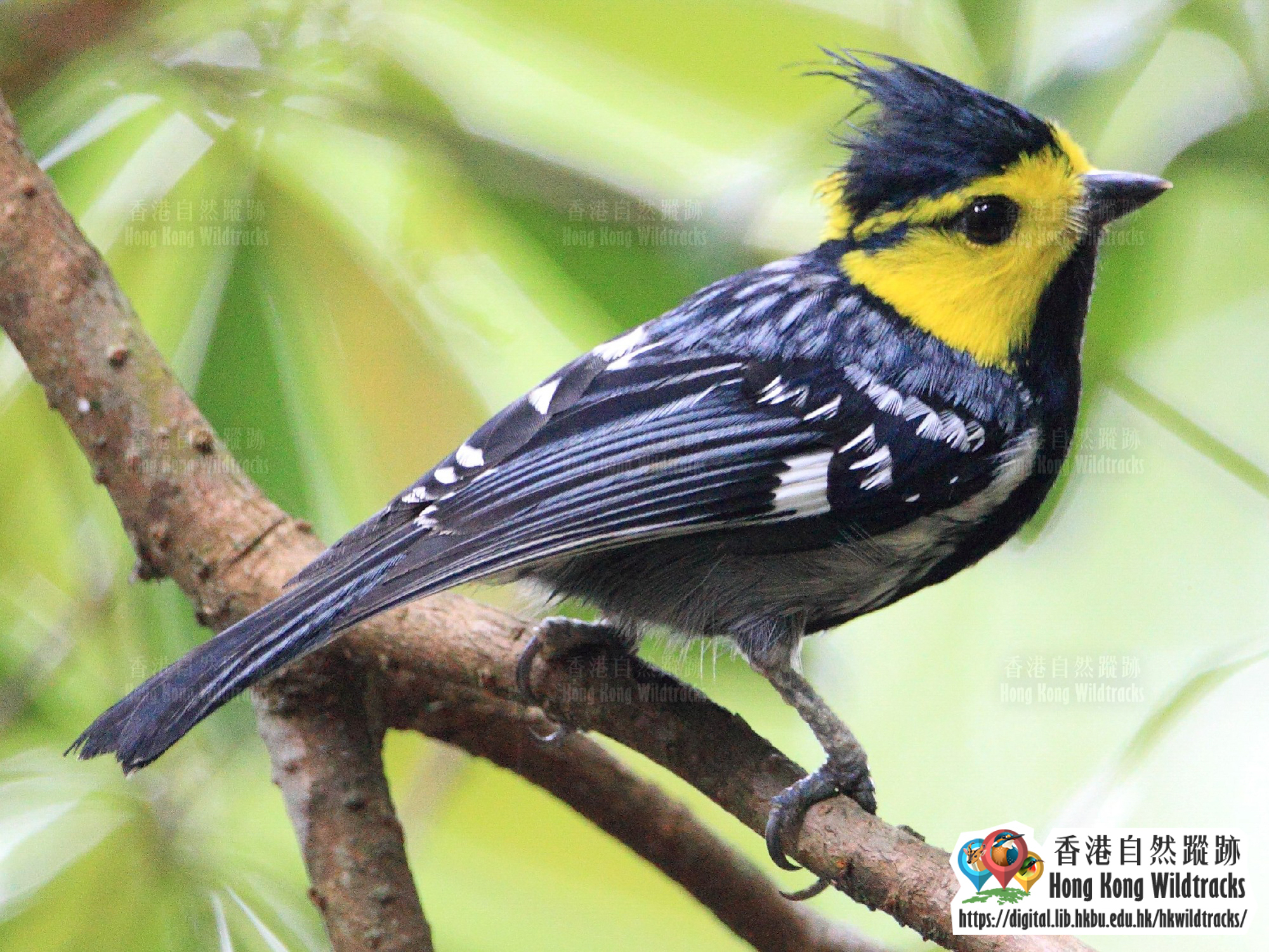

Biodiversity, often referred to as a measurement or a parameter to assess the stability of an ecosystem, which mainly discussed at three levels: genes, species and ecosystems. Biodiversity hotspots, generally means the locations where they have a large variety in ecosystem diversity, species diversity, as well as genetic diversity. These locations are identified as hotspots with an ecosystem with high sustainability. Hong Kong, owing to its geographical location, and its climatic and topographic features, forms many biodiversity hotspots situated in different corners in Hong Kong.
Tai Mo Shan, with an elevation of 957 m, standing as the highest peak in Hong Kong. Locating at the centre of New Territories, Tai Mo Shan has a great variety of habitat types which gives rise to a great level of biodiversity, where numerous of plant species and different species of bird, butterflies, as well as snakes can be found in the region. At Tai Mo Shan, apart from being a very representable highland area in Hong Kong, secondary forest, freshwater streams, shrubland and grass slopes can also be seen in Tai Mo Shan at different ranges of altitudes. While owing to the exceptional high altitude, Tai Mo Shan is also found with the highest rainfall and lowest temperature in Hong Kong. Occasional records of frosting can be found in Tai Mo Shan during winter season.
The high altitude of Tai Mo Shan led to a wider biodiversity as some species that are adapted to high altitudes such as Giant Spiny Frog. Various upland bird species such as Chinese Francolin, Upland Pipit, Brown-flanked Bush Warbler, and Chinese Grassbird can also be found in Tai Mo Shan. Common species such as White-spotted Slug Snake and Bamboo Snake can also be seen.
Being a biodiversity hub, 1,440 hectares of land area in Tai Mo Shan was designated as area of Country Park in Hong Kong and being protected and managed under the Country Parks Ordinance (Cap. 208) since 1979.
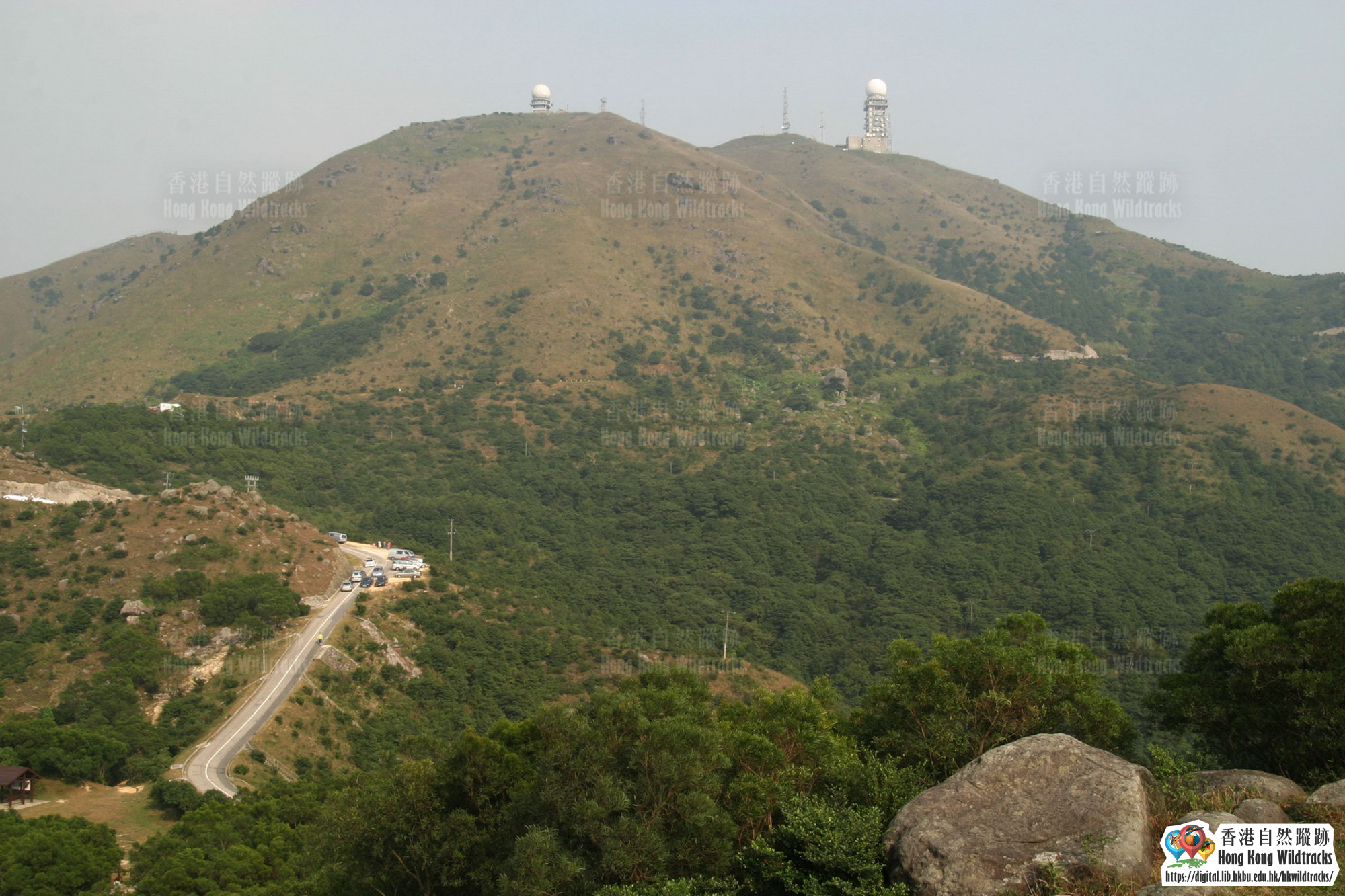
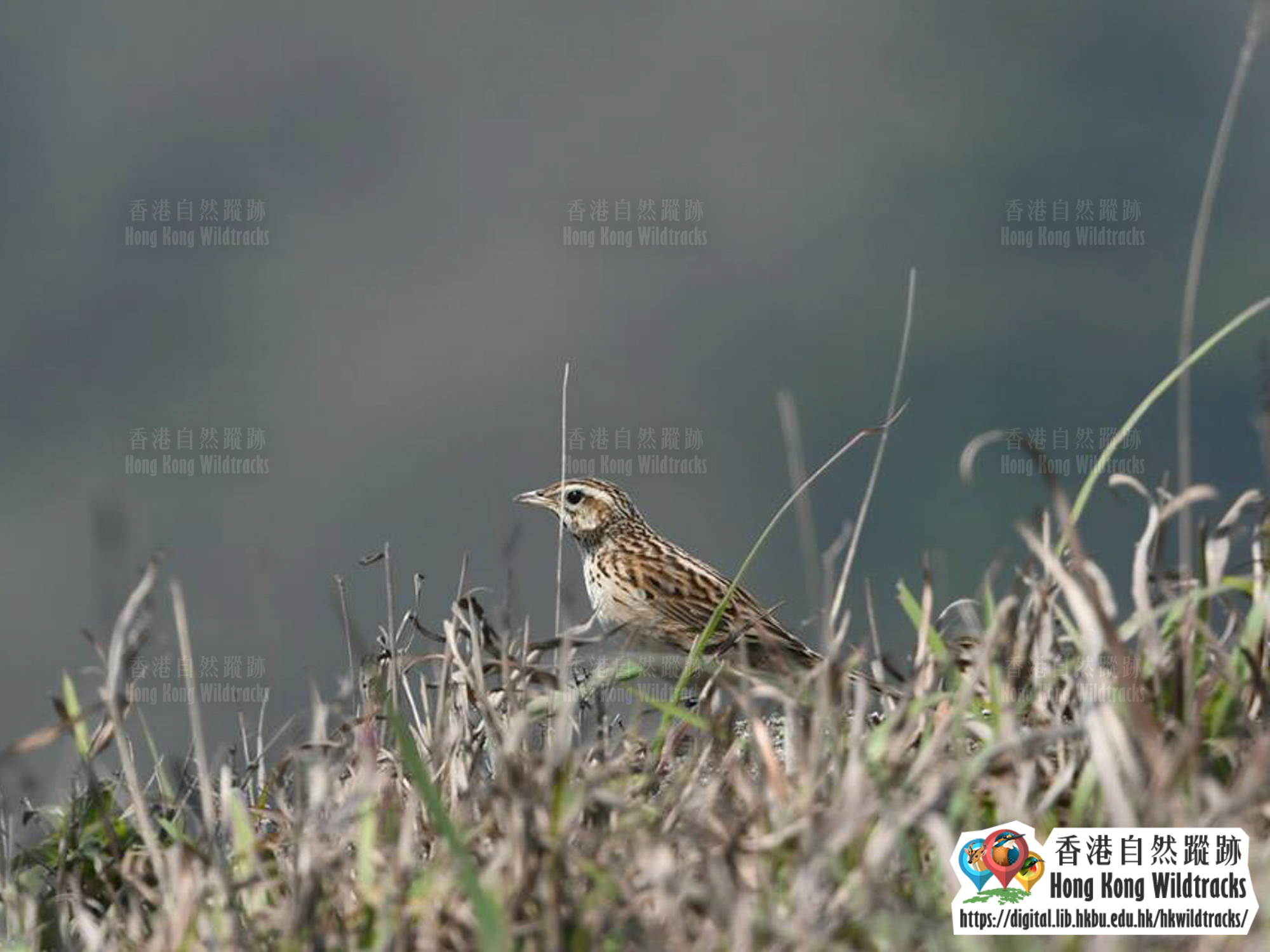
Most woodlands in Hong Kong are secondary forests, where Kap Lung is a region where artificial tree planting was taken place to help speed up the regeneration process of the forest. With the woodland in Kap Lung getting more mature, a greater diversity of wildlife was developed in the area.
Kap Lung is a popular hiking trial located right between Tai Mo Shan Country Park and Tai Lam Country Park. Being the main path for farmers to travel back and forth Shek Kong and Tsuen Wan Market in the olden days, this trail was built by the villagers, while part of the trail was built by the Country and Marine Parks Authority in the recent decade. It passes through woodlands of various stages, and along the way, freshwater streams can also be found. Going further into Shek Kong, the path would pass through Lui Kung Tin, and go into Shek Kong Airfield Road. Along the Shek Kong Airfield Rd., there are shrubland around the area, and near the old Shek Kong Airfield, there are channels where vegetation can be found along the way. In this region, a small patch of feng shui wood can also be found supporting a great biodiversity. With a variety of habitats, Kap Lung also endows a wide range of wildlife. Common species can be found in Kap Lung include Hair-crested Drongo, Ashy Drongo, Grey Treepie and Red Muntjac etc.
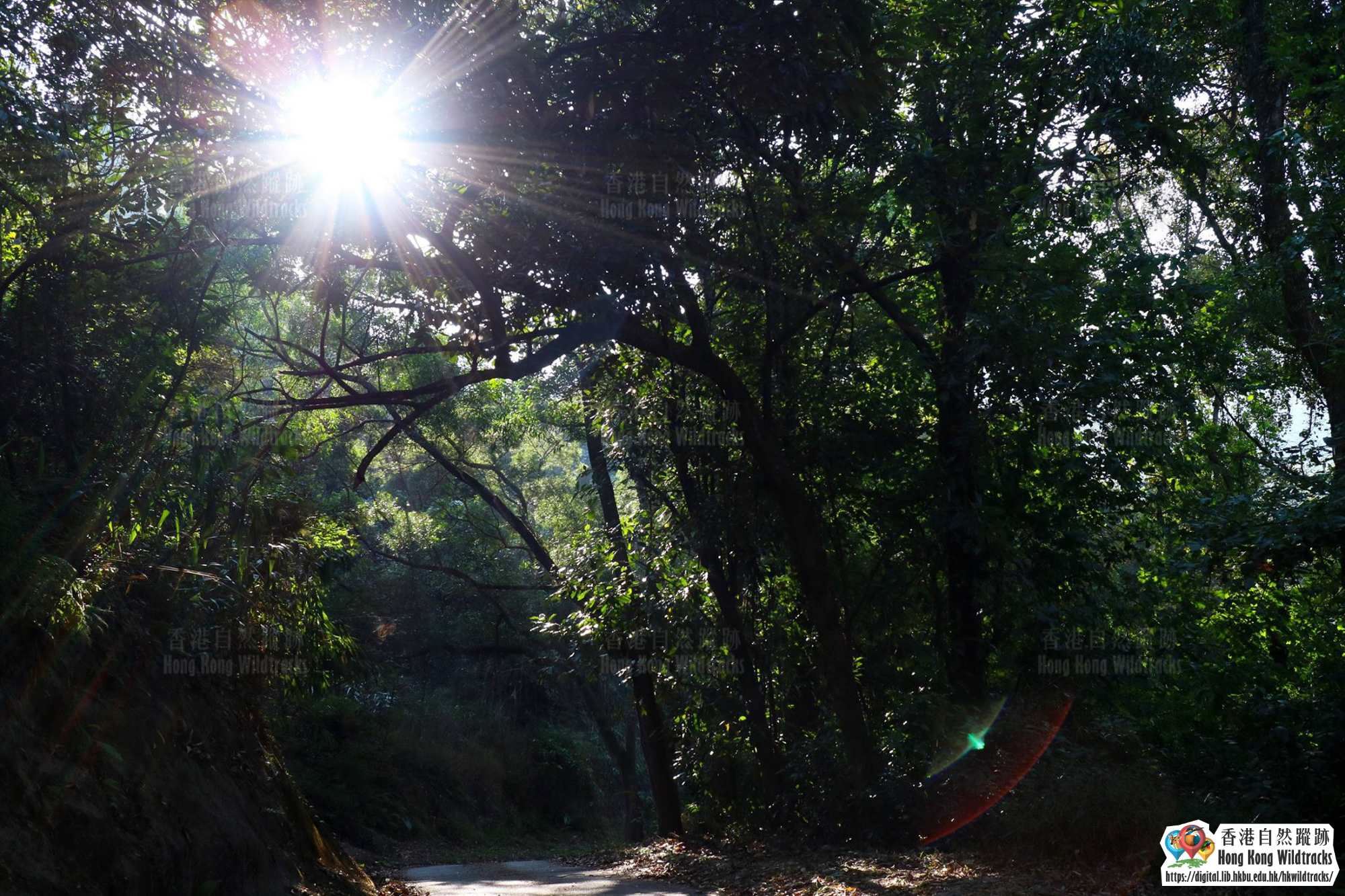
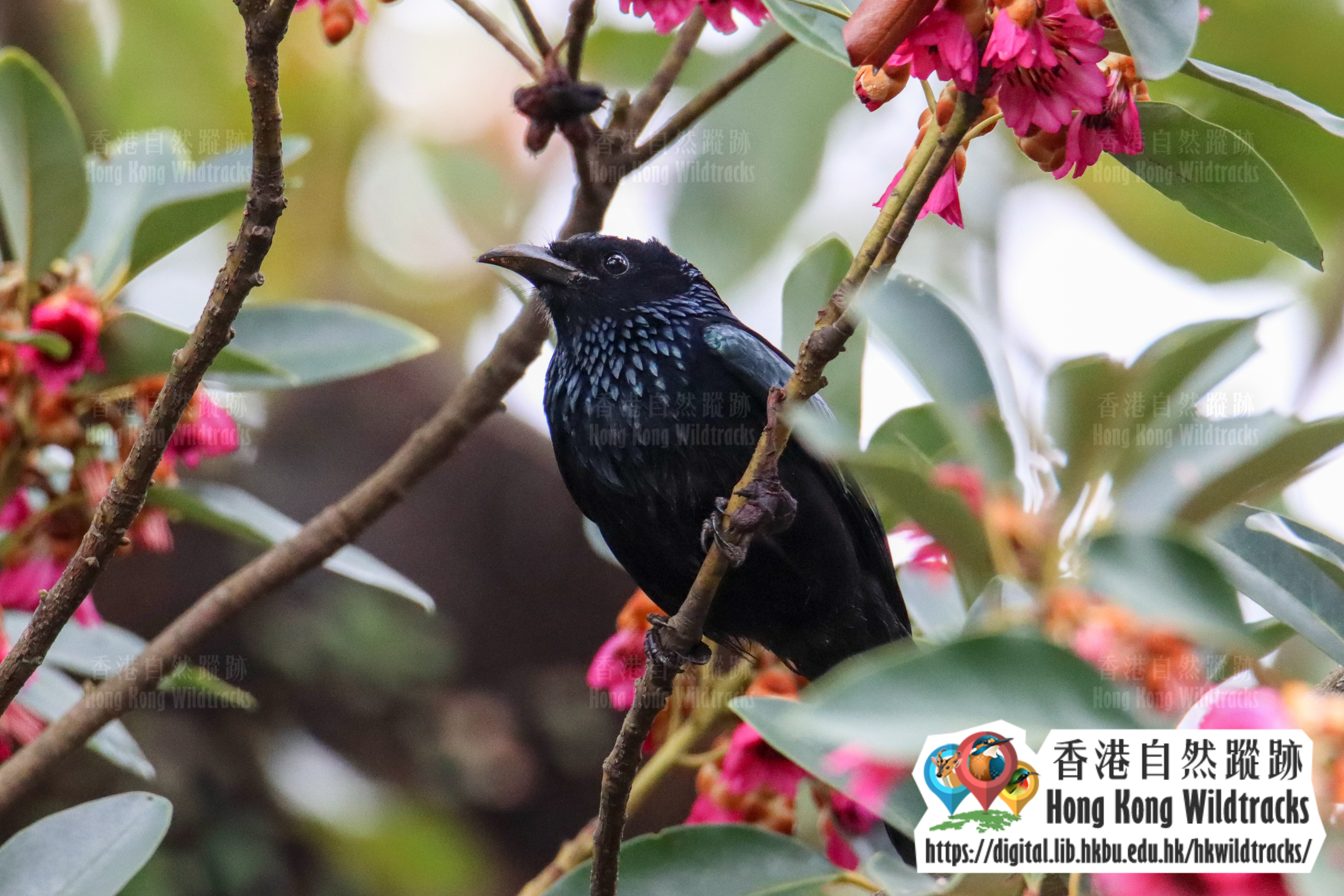
Locating at the northern part of Sheung Shui, Long Valley is one of the regions with the richest biodiversity in Hong Kong. Long Valley is a flood plain where the largest wetland farmland in Hong Kong located at, in this region, traditional wetland farming techniques were adopted. Habitats such as wet field cultivating water cress and water spinach, paddy fields, blood worm ponds, lotus ponds, fruit trees are all contributing to the rich biodiversity in the area, recording over 250 bird species, as well as 10 species of amphibians, a number of butterfly species taking Long Valley as their foraging ground, or a site for shelter or breeding.
From 2005 onwards, a nature conservation management for Long Valley funded by the Environment and Conservation Fund was co-organised by the Conservation Association and The Hong Kong Bird Watching Society. Under this management agreement, it comprises habitat management, biodiversity survey and monitoring, as well as publication and education activities, so as to conserve and enhance the agricultural freshwater wetland in Long Valley and promote the habitat diversity for the wildlife in the region.
Common species that can be found in Long Valley include the endangered Yellow-breasted Bunting, Greater Painted-snipe, Common Snipe, Brown Tree Frog, Paddy Frog, and Ornate Pigmy Frog.
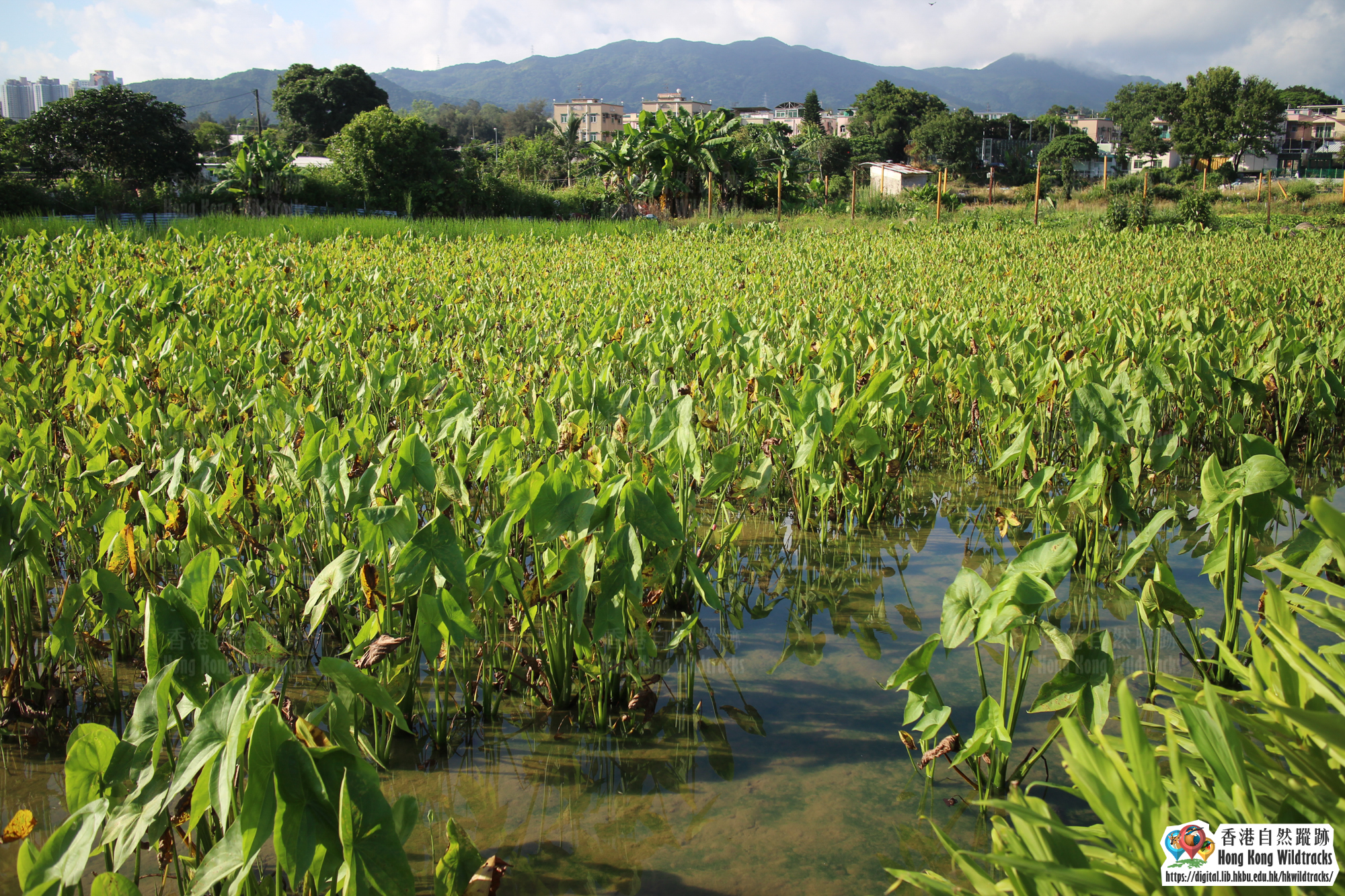
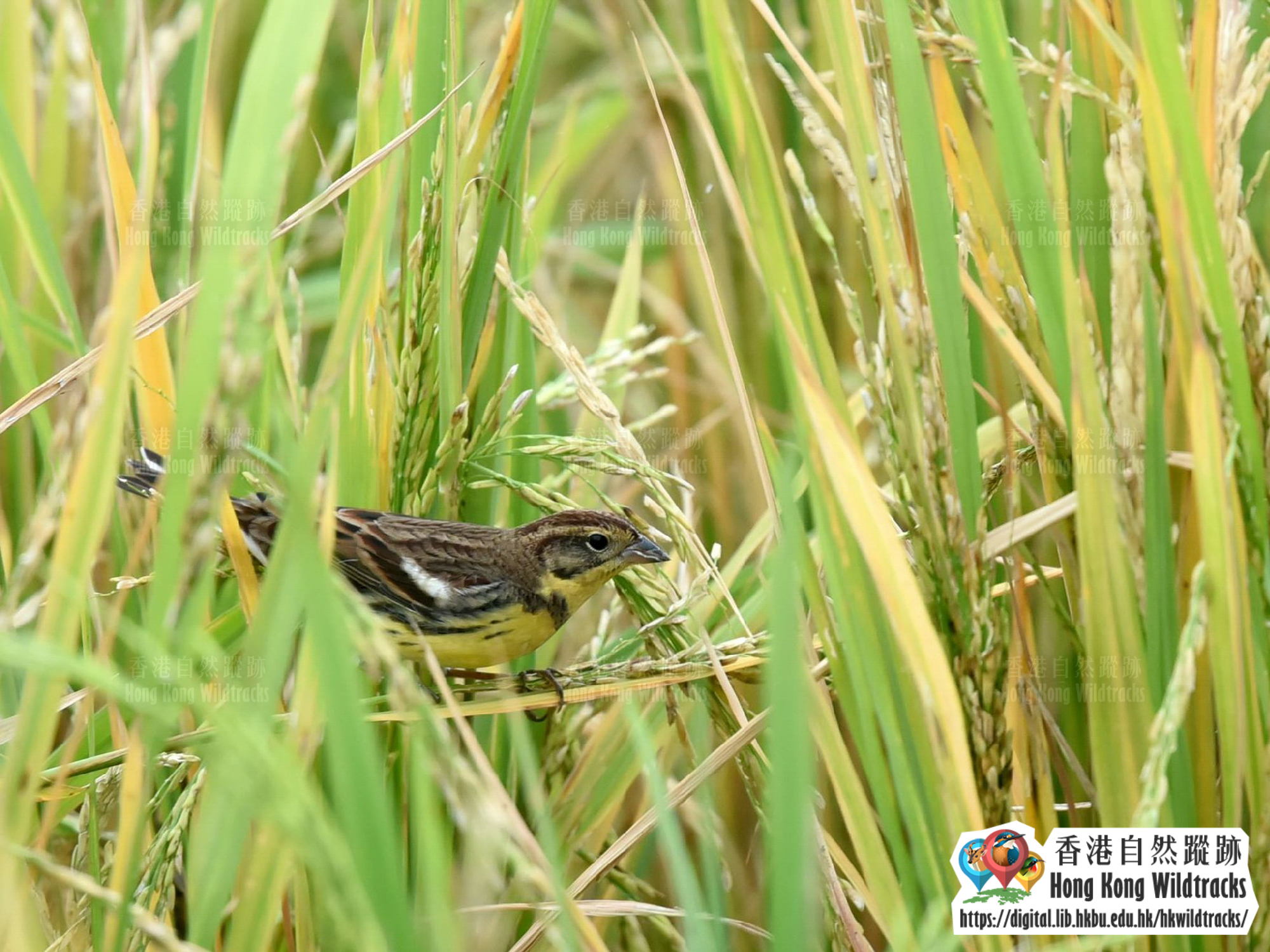
A world-renowned wetland area, Mai Po and inner Deep Bay area have been recognised as the haven for numerous different waterbirds species. With its geographical location sitting near the centre of the East Asian-Australasian Flyway (EAAF), Deep Bay has become an important breeding and roosting station for the wintering waterbirds to replenish and take rest along the migratory route, contributing to its remarkable level of species richness.
Within the Mai Po Marshes and Inner Deep Bay area, there are different types of wetland habitat that supports a wide range of wetland-dependent species, such habitats include freshwater fishpond, gei wais, mangroves, reed bed, and intertidal mudflats. Such diversity in habitat types supports a record of over 400 different bird species roosting in Mai Po, while a large number of butterfly, dragonfly, damselfly, crabs, shrimp, aquatic invertebrates, as well as mammal, fish and reptile species can also be found in Mai Po.
The importance of conserving and protecting Mai Po and Inner Deep Bay wetlands has been recognised for over 50 years. In 1960s, there were voices of recommending a reserve to be established in the Mai Po Inner Deep Bay area, while in 1974, hunting was strictly prohibited in the Mai Po area. In 1975, access into the area was restrict unless permitted. One year later, the Hong Kong Government has designated Mai Po Marshes as a Site of Special Scientific Interest (SSSI) to control and restrict development in the area. In 1982, establishment of a nature reserve at Mai Po was approved by the Hong Kong Government’s Executive Council.
Mai Po Inner Deep Bay is recognised internationally for its ecological significance, under the Convention on Wetlands (also known as the Ramsar Convention), the Mai Po Marshes and inner Deep Bay wetlands is listed as the 7th of the 57 Ramsar Sites in China since 1995. From 1998 onwards, a framework for conservation management and wise use in the Ramsar Site and actions to raise public awareness on significance of Deep Bay wetlands, namely Conservation Strategy and Management Plan for the Ramsar Site, have been implemented and overseen. Five different management zones were established within the Ramsar Site, based on habitat types, ecological values and existing land uses. Core Zone (mainly the Mai Po Marshes and intertidal area), Biodiversity Management Zone (mainly the Mai Po Nature Reserve), Public Access Zone, Wise Use Zone, Private Land Zone are all covering different areas in the Mai Po and Inner Deep Bay. Baseline Ecological Monitoring Programme (BEMP) has been implemented to monitor the ecological conditions of the Ramsar Site, so that the ecological values in the marshes can be managed, maintained and even enhanced through different measures. Monitoring programmes such as monthly waterbird count, shorebird count and monitoring of wintering Black-faced Spoonbills were also conducted.
Contiguous Swift, Dark-brand Bush Brown, Blue Percher, Asian Amberwing, Black-faced Spoonbill, Pied Avocet, Eurasian Curlew, Saunders’s Gull are the common species which can be found in Mai Po.
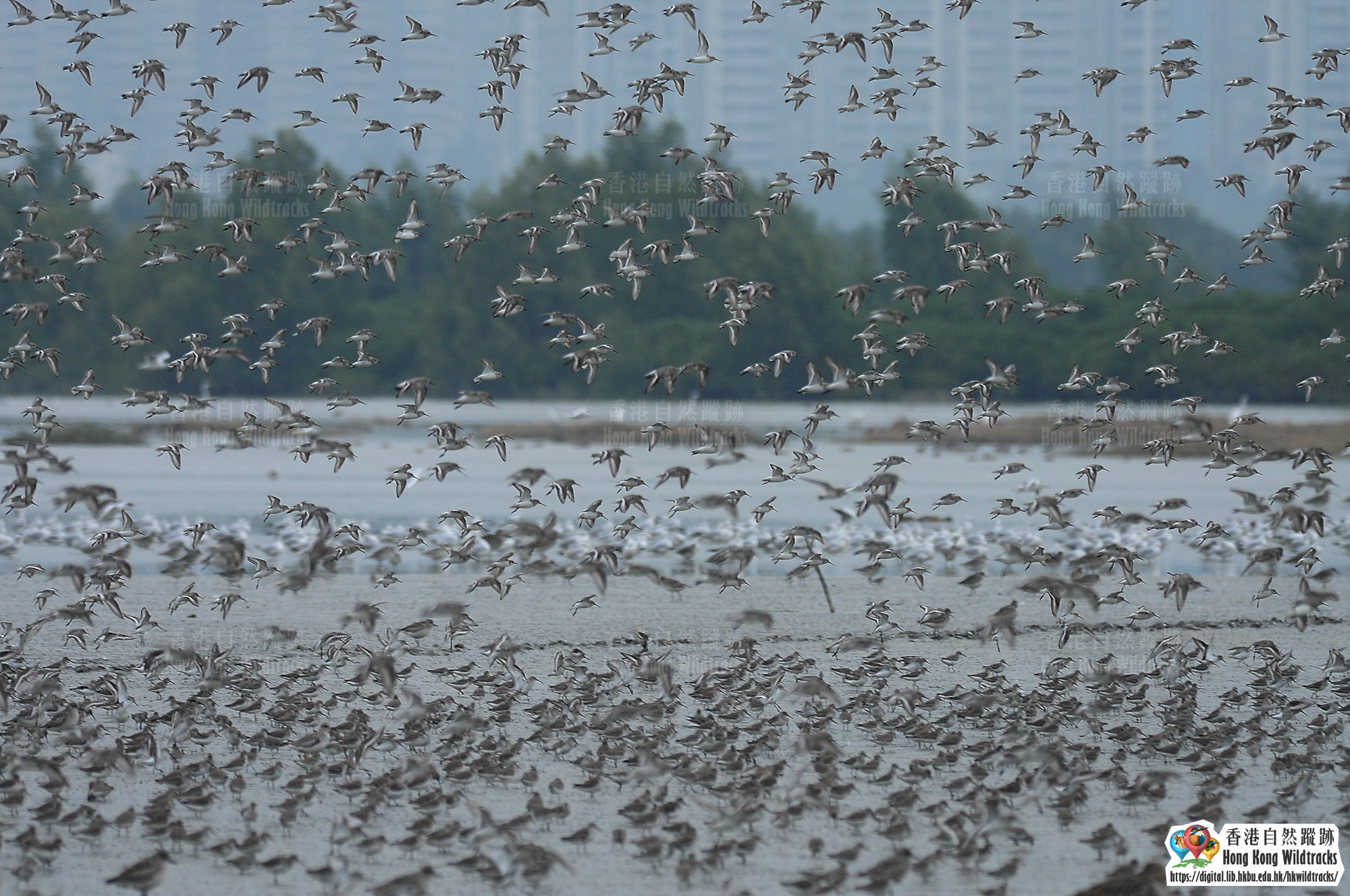
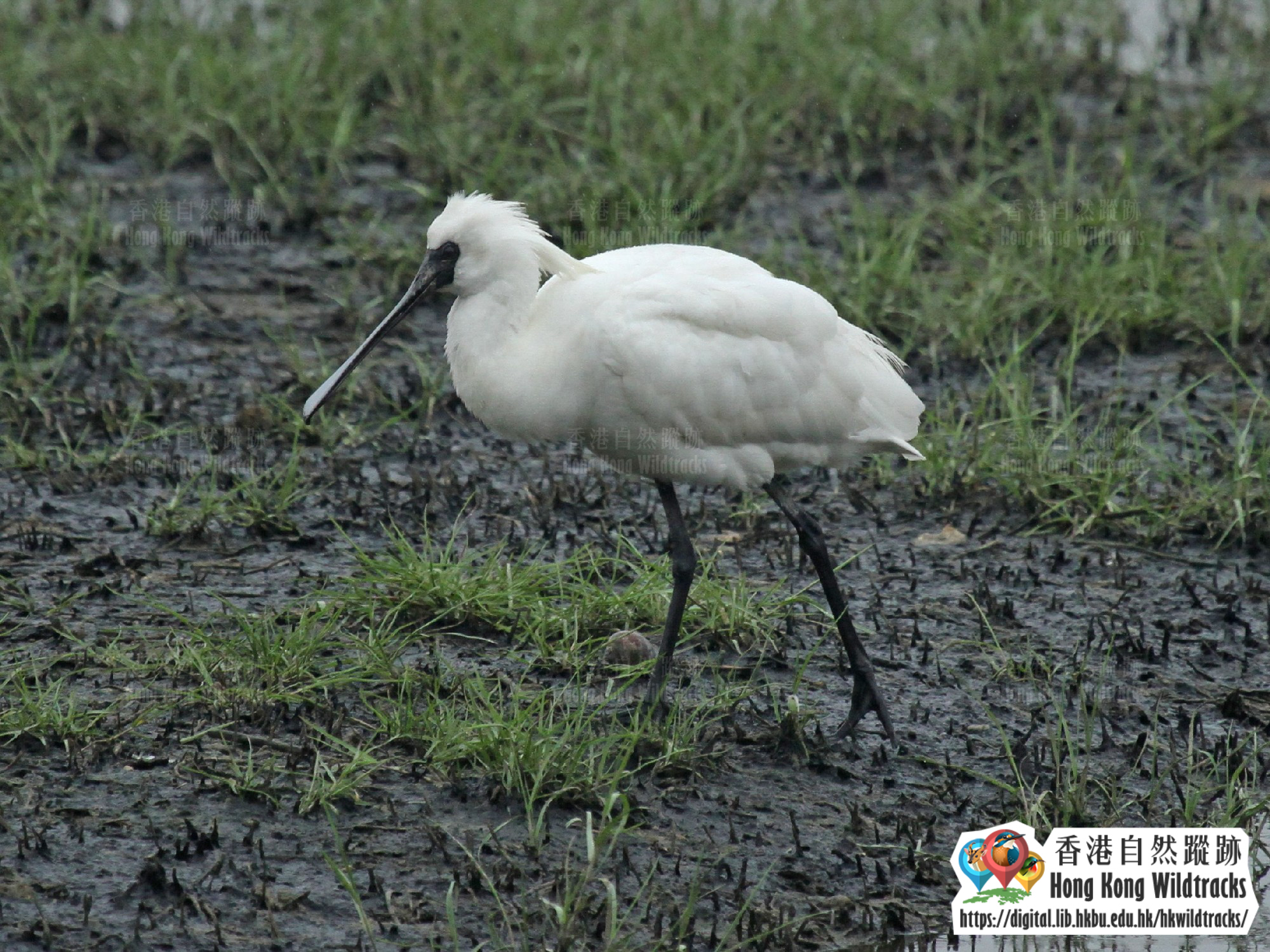
Po Toi Island, the “South Pole of Hong Kong”, is one of the biodiversity hotspots in the city. Po Toi Island is famous for its geological wonders, being the southernmost outlying island in Hong Kong, it receives quite a level of weathering and formed different geological features. Po Toi is recognised as one of the biodiversity hotspots in Hong Kong, owing to its rich species richness, especially in bird. During Spring and Autumn, passage migrants are often seen in Po Toi, and due to the migratory pattern, there are a number of rare species recorded on the island. With its location, it serves as an important re-fuelling stop for migratory birds.
With such a high ecological significance, although Po Toi is not developed into any Country Park area, but since 2012, a draft plan designating the Po Toi Islands as a development permission area was prepared, which later on, an outline zoning plan was approved in 2016 zoning Po Toi Island into Green Belt and Conservation Area, intended to protect and retain the existing natural landscape, ecological and topographic features of the area for conservation.
In Po Toi Island, more than 300 bird species were recorded, including Oriental Dollarbird, Blue-winged Pitta and Crested Honey Buzzard. The endangered native species Romer’s Tree Frog is also found in streams on Po Toi Island, reptile Burmese Python and butterfly species including Red Lacewing, a rare butterfly species, can also be found in Po Toi Island.
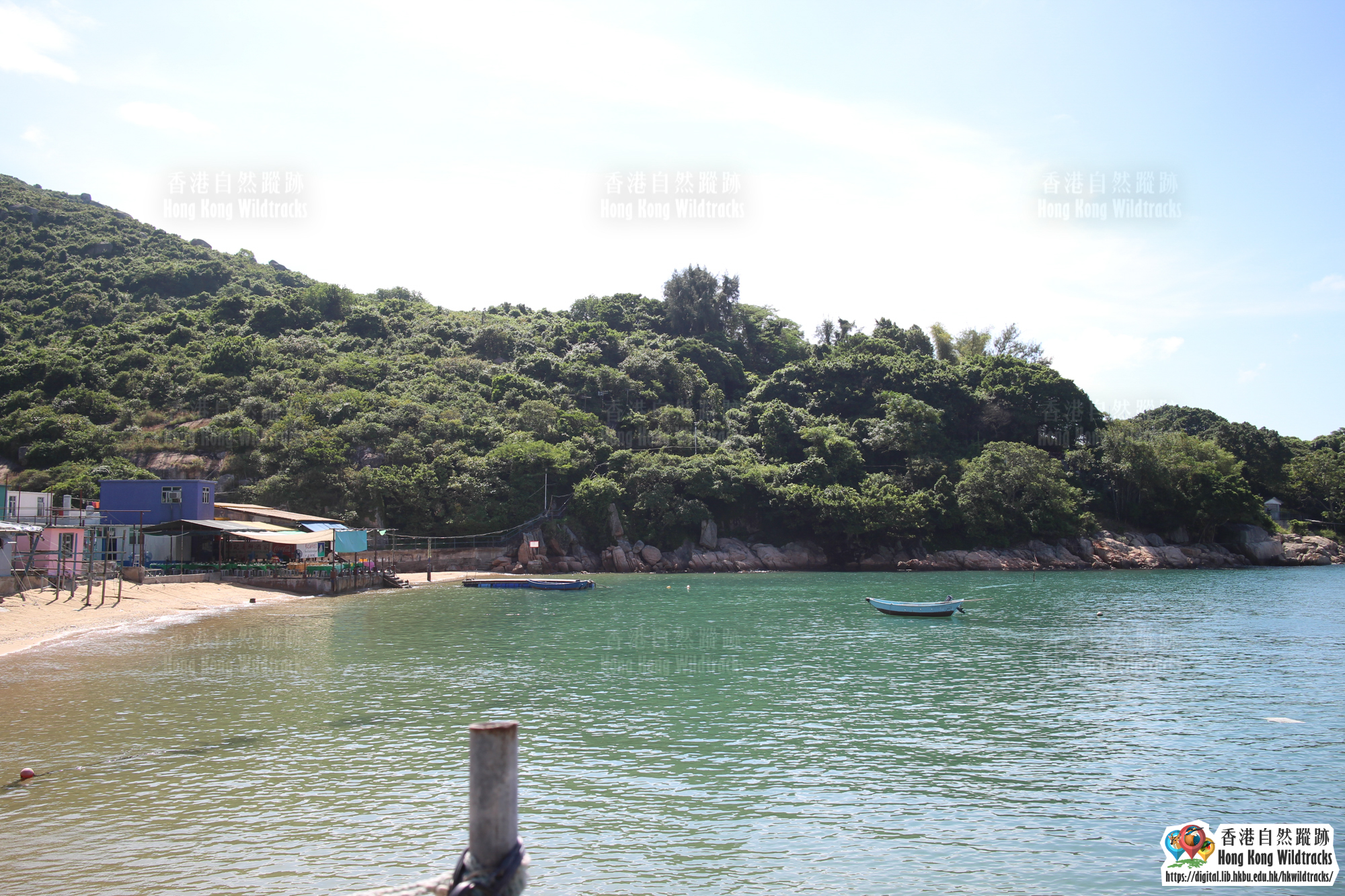
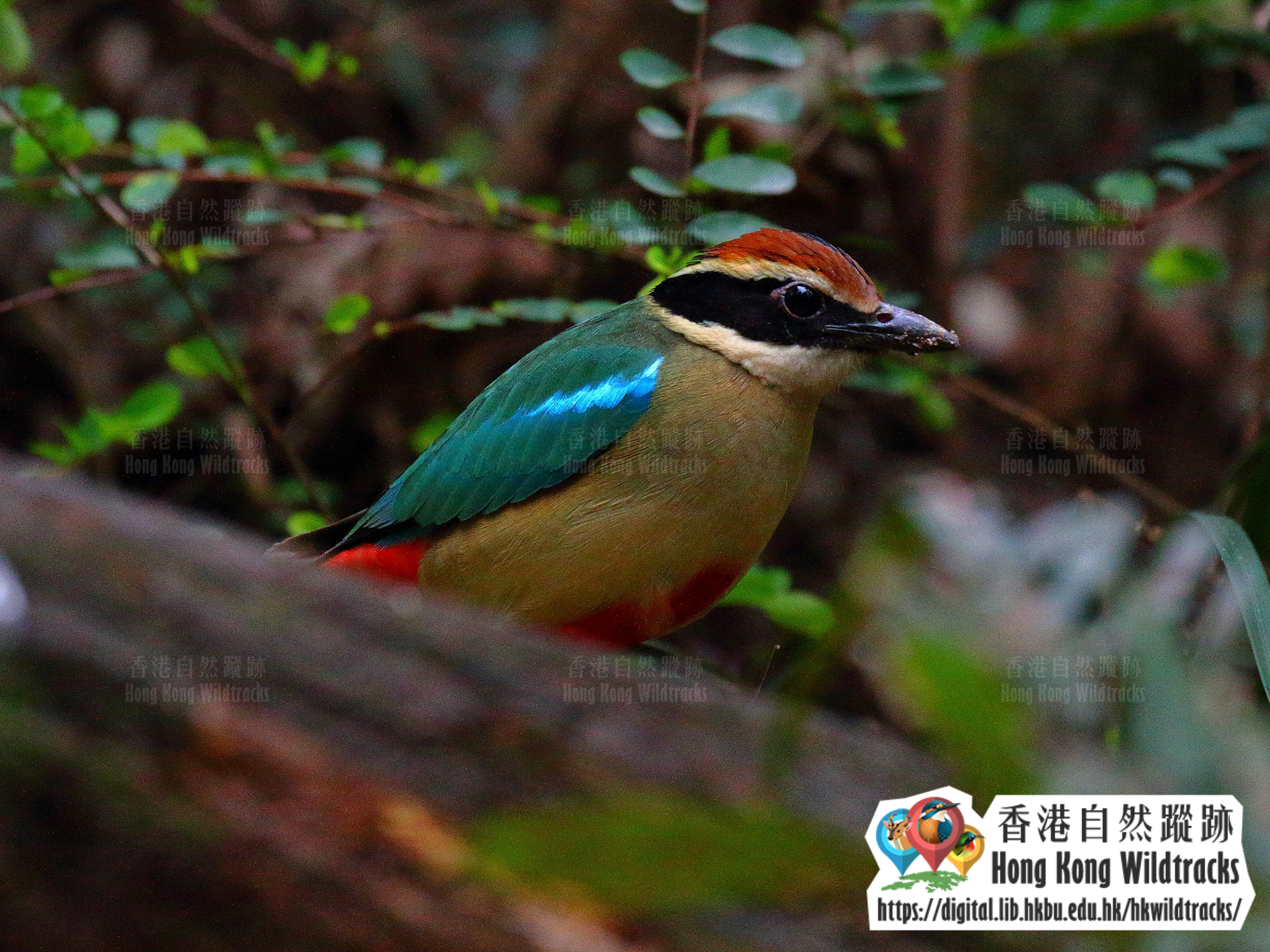
Lying between the Tai Po market and the Chinese University of Hong Kong, the Tai Po Kau Nature Reserve is one of the most mature secondary woodland in Hong Kong. This woodland comprises of secondary forest, vegetation, as well as native trees. Other than a wide variation of forest types, there are also freshwater streams locating in different parts of the Tai Po Kau Nature Reserve.
Being the first Special Area in Hong Kong, it was established in 1977, an area of 460 hectares was designated as the nature reserve, where nature trails are available for visits. Tai Po Kau is a representable example for reforestation in Hong Kong, it has a great species richness of flora and fauna.
Species that can be found in Tai Po Kau include Yellow-cheeked Tit, Pygmy Wren-babbler, Bay Woodpecker, Orange-bellied Leafbird, and Great Barbet. Occasionally, East Asian Porcupine can also be seen.
